Nyvritos (formerly spelled Nivritos) is a village and the seat of the homonymous community in the Municipality of Gortyna, in the Heraklion regional unit of Crete, Greece.
Historical References
The village of Nyvritos carries a name that echoes through the corridors of time, its pre-Greek origins hinting at a history that predates recorded history. The earliest documented reference to the village appears in the Venetian census of 1583, where it is listed as “Ivrito” with a population of 210 inhabitants. This record places Nyvritos firmly within the context of the Venetian era, a period of significant cultural and economic development in Crete.
Further evidence of the village’s historical depth can be found in the writings of Basilicata, who mentions it in 1630 under the name “Gnivirto.” These references suggest a continuous presence in the region, spanning centuries of change and transformation.
The village’s strategic location in the foothills of Mount Ambelakia, offering both natural resources and a degree of protection, likely played a role in its historical development and resilience.
Location and Dimensions
Nyvritos is picturesquely situated in the southern foothills of Mount Ambelakia, a prominent peak in the Asterousia Mountains that rises to an elevation of 1,445 meters. The village itself enjoys a comfortable altitude of 510 meters above sea level, providing a pleasant climate with warm summers and mild winters. Its location offers stunning panoramic views of the surrounding landscape, encompassing the fertile Messara Plain to the south and the rugged mountain terrain to the north.
The village’s layout is characterized by its traditional stone houses, narrow winding streets, and picturesque squares. The presence of a natural spring near the village, known as Piso Vrysi, and a majestic plane tree further enhance its charm and provide a sense of connection to the natural environment.
Its proximity to the town of Moires (19 kilometers) and the city of Heraklion (38 kilometers) ensures convenient access to essential services and cultural attractions.
Historical Significance
The name of the village is pre-Greek, and the more correct spelling is Nivritos. In 1583 it is mentioned as Ivrito with 210 inhabitants and in Basilicata it is mentioned as Gnivirto.
The church of Panagia is the most important and celebrates on September 8th. Also, to the northwest we see above the village, in the steep location of Kalyves, inside a cave, the chapel of Agios Methodios, who practiced asceticism inside the cave. The area is full of pine trees. Part of the relics of the Saint were transferred during the Ottoman rule to the Holy Monastery of Epanosifi, where they are today. His memory is celebrated on June 25th. The name of the village is mentioned in his apolytikion.
Population Data Over the Years
No specific population data is provided in the text besides the mention of 210 inhabitants in 1583. However, the 2011 census recorded a population of 202 for the entire community of Nyvritos, which includes the village of Nyvritos and the settlement of Drosoi.
Current Status
With a population of around 200 inhabitants, the village maintains a close-knit community where traditions and cultural heritage are cherished. The primary occupations of the residents revolve around agriculture and livestock farming, reflecting the village’s deep connection to the land. The fertile soils of the Messara Plain and the surrounding hills provide ideal conditions for the cultivation of olives, grapes, and other crops, while the mountainous terrain supports livestock grazing.
The village also benefits from the collection of aromatic plants, particularly sage, which is known for its medicinal properties and culinary uses. The natural spring near the village, known as Piso Vrysi, provides a vital source of water for both domestic and agricultural purposes.
Nyvritos, with its picturesque cobblestone streets, traditional stone houses, and serene atmosphere, offers a glimpse into the authentic charm of rural Crete. The village’s cultural attractions, including the basket weaving museum and the hermitage of Agios Efthymios, provide opportunities for visitors to immerse themselves in the local traditions and history. The central church dedicated to Panagia (the Virgin Mary) serves as a focal point for religious celebrations and community gatherings, fostering a strong sense of belonging and shared identity.
Village Key Points
- Historical References: The name of the village is pre-Greek, and it was mentioned in historical records as early as 1583.
- Location: Nyvritos is located in the southern foothills of Mount Ambelakia, at an altitude of 510 meters. It is 38 kilometers from Heraklion and 19 kilometers from Moires.
- Dimensions: The village is situated at an elevation of 510 meters above sea level.
- Historical Significance: The village has a long history dating back to at least the 16th century. It is also known for its association with Agios Methodios, who practiced asceticism in a cave near the village.
- Population data over the years: The population in 1583 was 210. The 2011 census recorded a population of 202 for the entire community of Nyvritos.
- Current Status: The main occupations of the residents are olive growing, animal husbandry, and sage collection. The village is known for its traditional architecture, natural beauty, and cultural attractions, such as the basket weaving museum and the hermitage of Agios Efthymios.
Access
Nyvritos is 2.0 kilometers away from the town Zaros and 2.2 kilometers away from Gergeri













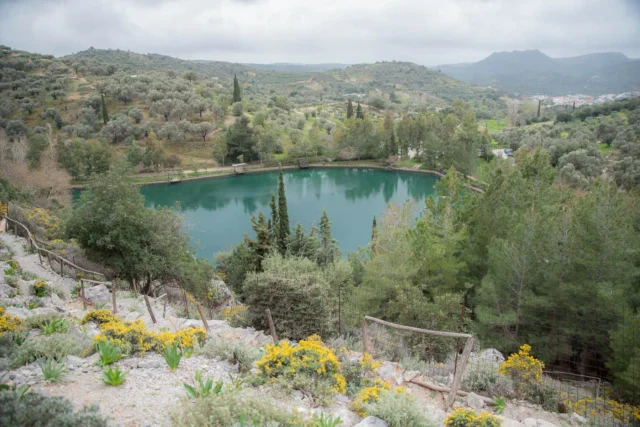
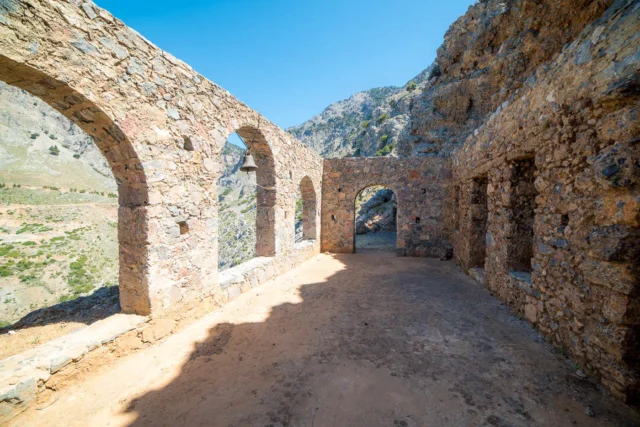

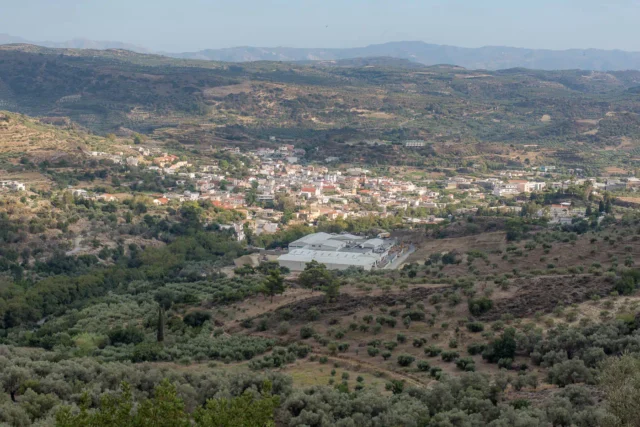

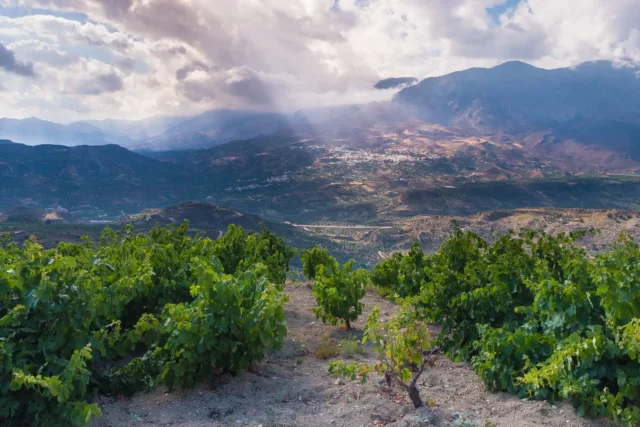
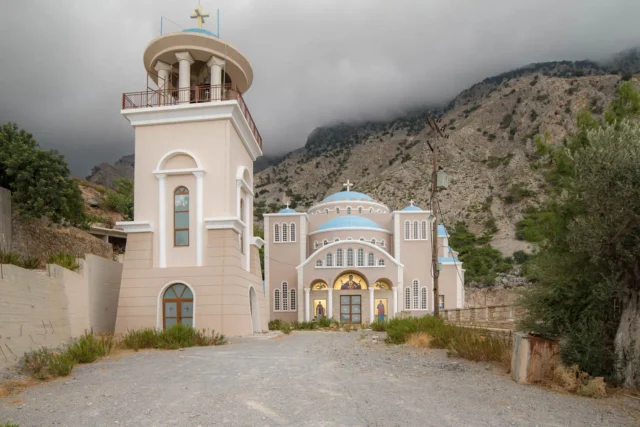


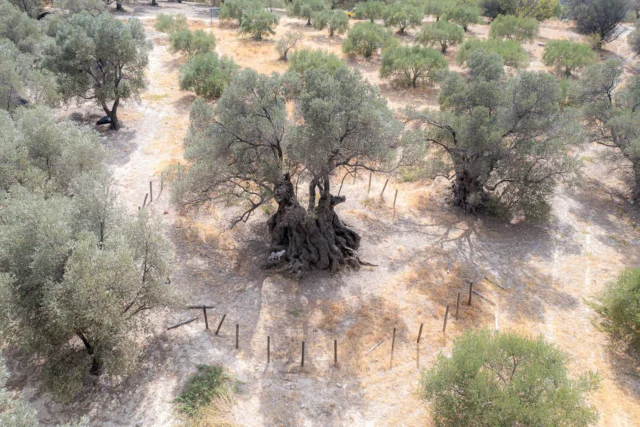

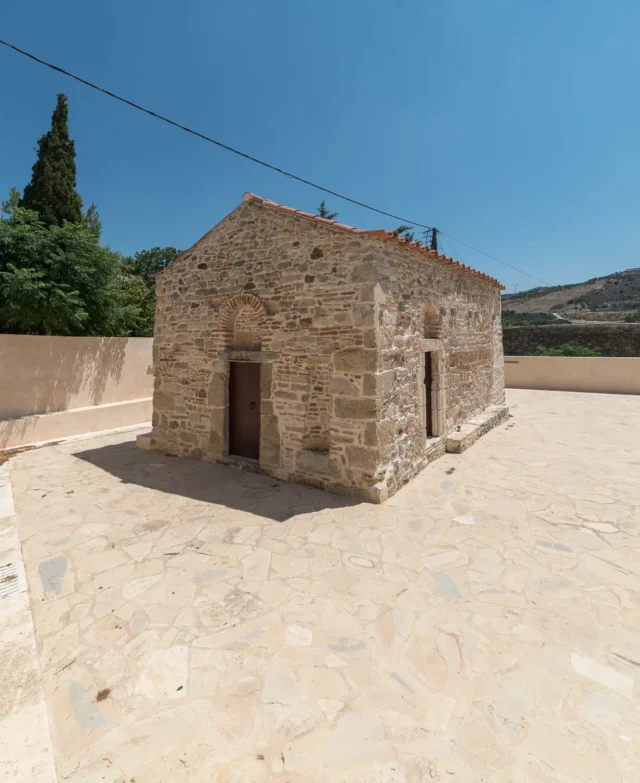


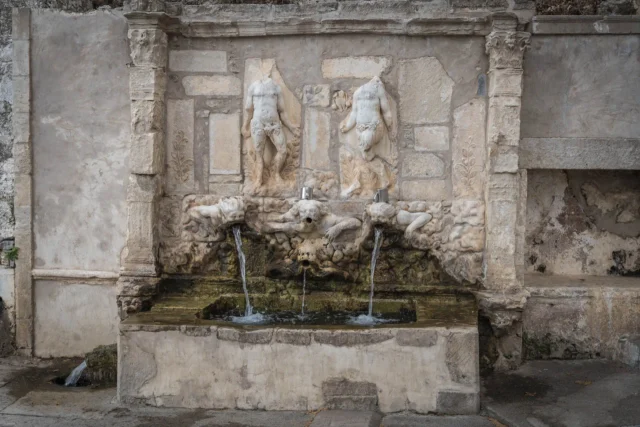
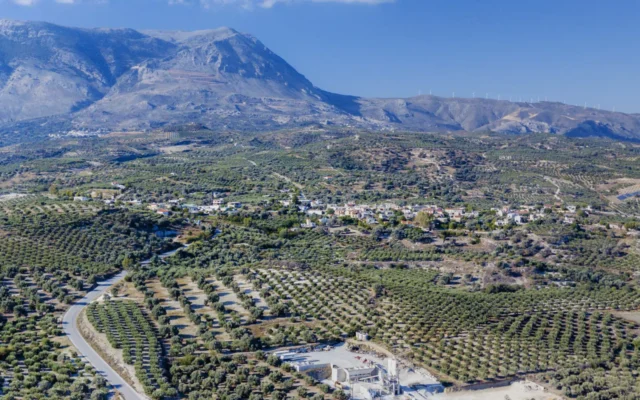
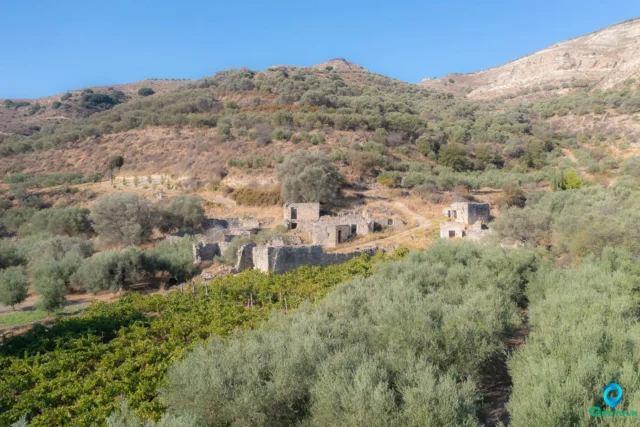
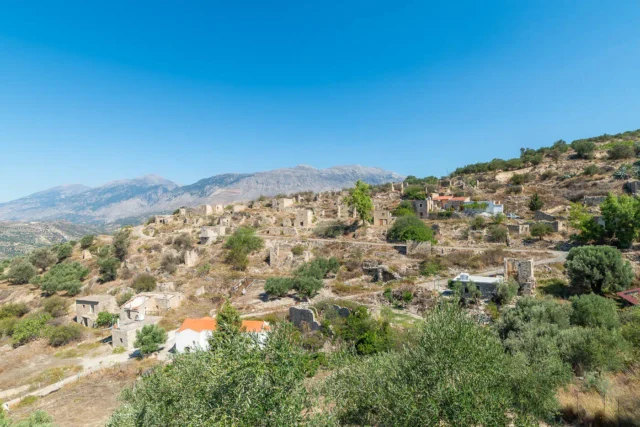
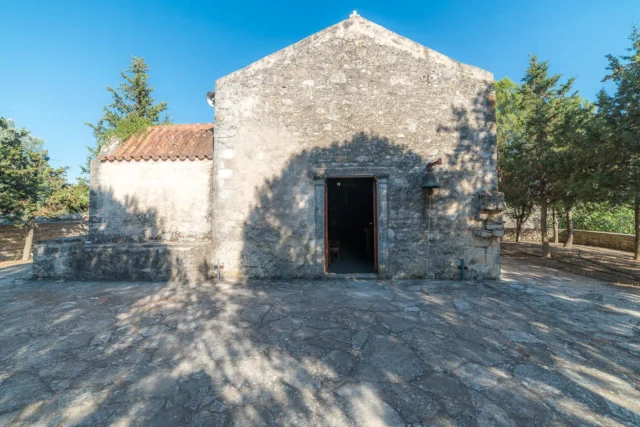
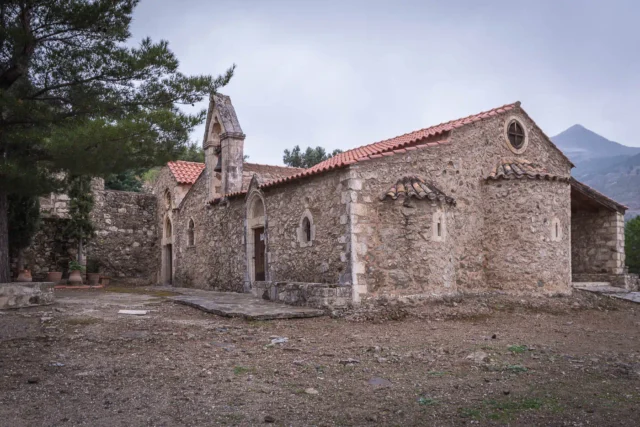
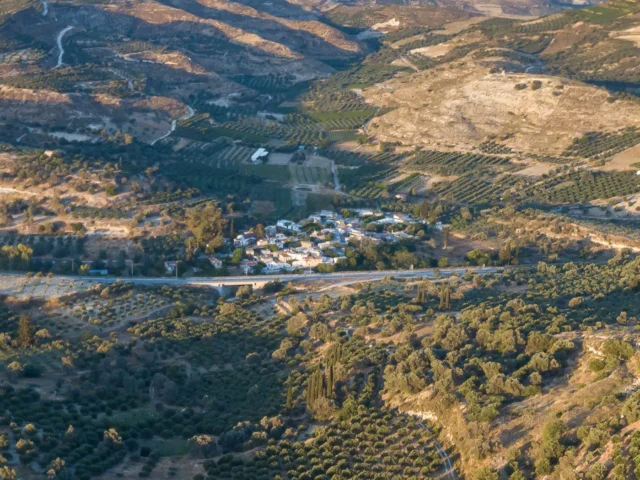

There are no comments yet.